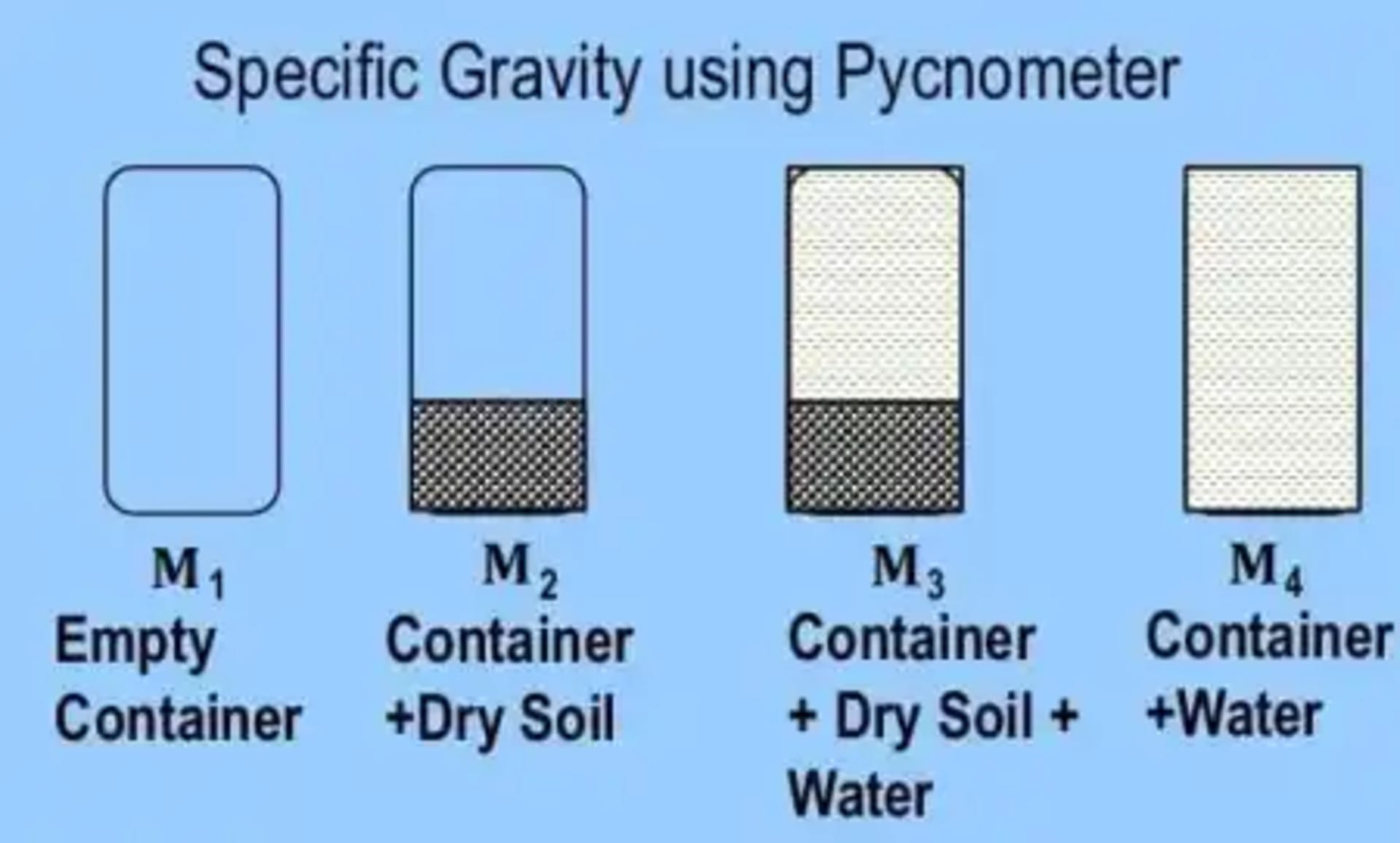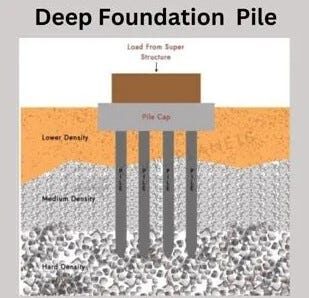What is Void Ratio?
Void ratio is a crucial concept in soil mechanics that describes the relationship between the volume of voids (spaces) and the volume of solid particles in a given soil sample. It is a dimensionless quantity, represented by the symbol “e.” It provides valuable insights into the soil’s behavior, strength, and compressibility.
Void Ratio Meaning in Soil
It is a measure of the soil’s porosity and compactness. It indicates the proportion of voids within the soil structure. A higher void ratio means more voids and a looser soil structure, while a lower void ratio indicates fewer voids and a denser soil structure. Understanding the void ratio helps engineers assess the soil’s behavior under loading conditions and design appropriate foundation systems.

Significance in Soil
It plays a significant role in understanding soil behavior. A higher void ratio indicates a looser soil structure with more voids, while a lower void ratio suggests a denser soil with fewer voids.
It directly influences soil properties such as permeability, shear strength, and compressibility. Soils with higher void ratios tend to be more compressible and have lower shear strength compared to soils with lower . It plays a crucial role in soil classification, ground improvement, foundation design, and soil-structure interaction.
Soil Compressibility: Soils with higher value are more compressible, meaning they undergo greater volume change when subjected to loading. This is because the presence of more voids allows for easier rearrangement and compression of soil particles. Conversely, soils with lower are less compressible and more resistant to volume change.
Shear Strength: Soils with lower ratios tend to have higher shear strength due to the increased contact and interlocking between soil particles. As the void ratio decreases, the soil becomes denser, resulting in improved shear resistance. This is particularly important when designing foundations, slopes, and retaining structures, as soil shear strength plays a crucial role in their stability.
Permeability: This is the ability of water to flow through the soil pores. Soils with higher ratios generally have higher permeability because the presence of more voids allows for easier water movement. On the other hand, soils with lower ratios have reduced permeability, as the smaller and fewer voids restrict water flow.
Soil Classification: The void ratio, along with other properties like particle size distribution and Atterberg limits, helps in categorizing soils into different groups based on their engineering behavior. This classification aids in understanding the soil’s suitability for various construction purposes and helps in selecting appropriate design parameters.
Soil Improvement: Ground improvement methods like compaction, grouting, and vibro-compaction aim to reduce the void ratio of soil, thereby increasing its density, strength, and bearing capacity.
Soil-Structure Interaction: Soils with lower ratios provide better support to foundations, while soils with higher ones may lead to excessive settlement and stability issues.
Soil Volume Change: As the ratio changes due to loading or moisture variations, the soil undergoes corresponding volume changes. Understanding the relationship between void ratio and volume change is essential for predicting and managing soil behavior in various geotechnical applications, such as foundation settlement analysis and expansive soil mitigation.
Void Ratio Calculation in Soil Mechanics
To calculate you need to determine the volume of voids (Vv) and the volume of solid particles (Vs) in a soil sample. The void ratio is then calculated using the following formula:
e = Vv / Vs
It’s important to note that the void ratio is different from porosity, which is the ratio of the volume of voids to the total volume of the soil sample.
Void Ratio Formula
The formula can be expressed in terms of other soil properties, such as the specific gravity of soil solids (Gs), water content (w), and unit weight of water (γw). The formula is as follows:
e = (Gs * γw / γd) – 1
where γd is the dry unit weight of the soil.
How to Calculate
To calculate, follow these steps:
- Determine the volume of voids (Vv) and the volume of solid particles (Vs) in the soil sample.
- Use the void ratio formula: e = Vv / Vs.
- Alternatively, if you have the specific gravity of soil solids (Gs), water content (w), and dry unit weight (γd), you can use the formula: e = (Gs * γw / γd) – 1.
Calculation Example
Let’s consider an example to understand the calculation. Suppose a soil sample has a volume of voids (Vv) of 150 cm³ and a volume of solid particles (Vs) of 350 cm³. Using the formula:
e = Vv / Vs
e = 150 cm³ / 350 cm³
e = 0.43
In this example, the void ratio of the soil sample is 0.43
Void Ratio Test for Soil
Several laboratory tests can be conducted to measure or calculate , here are some commonly used tests :
- Specific Gravity Test (ASTM D854): The specific gravity test is a fundamental test used to determine the specific gravity of soil solids, which is the ratio of the density of soil solids to the density of water. The test involves measuring the weight of a known volume of soil solids and calculating the specific gravity. The void ratio can then be calculated using the formula, which relates the specific gravity, water content, and unit weight of the soil.
- Moisture Content Test (ASTM D2216): The moisture content test is used to determine the amount of water present in a soil sample. It involves weighing the soil sample before and after oven-drying to remove the water. The moisture content is calculated as the ratio of the weight of water to the weight of dry soil solids. The moisture content is an essential parameter in calculating the void ratio, as it is used in the formula along with the specific gravity and unit weight of the soil.
- Dry Density Test: The dry density test is used to determine the dry unit weight of soil, which is the weight of dry soil solids per unit volume. There are different methods to measure the dry density, such as the sand cone test (ASTM D1556), rubber balloon test (ASTM D2167), and nuclear density gauge test (ASTM D6938). The dry density is required to calculate the void ratio of the soil.
- Direct Measurement Test: In some cases, the void ratio can be directly measured using specialized equipment. One such method is the mercury intrusion porosimetry (MIP) test, where mercury is forced into the soil pores under increasing pressure. By measuring the volume of mercury intruded at each pressure increment, the pore size distribution and void ratio can be determined. However, this test is less common and requires specialized equipment.
- Computed Tomography (CT) Scanning: Advanced imaging techniques like computed tomography (CT) scanning can be used to visualize and quantify the void space within a soil sample. CT scanning provides high-resolution 3D images of the soil structure, allowing for the measurement of void ratio and other pore-related properties. However, this method is more sophisticated and requires access to CT scanning facilities.
- Consolidation Test (ASTM D2435): Although not a direct test, the consolidation test can provide information related to void ratio changes in fine-grained soils. During a consolidation test, a soil sample is subjected to incremental loading, and the resulting deformation is measured. void ratio can be calculated at each load increment based on the change in sample height and the initial value. This test helps in understanding the compressibility and void ratio-stress relationship of fine-grained soils.

It’s important to note that the choice of test depends on the soil type, project requirements, and available resources. The specific gravity test and moisture content test are the most commonly used tests, as they are relatively simple and provide the necessary parameters for void ratio calculation.
When conducting tests, it’s crucial to follow standard procedures, ensure proper sample preparation, and maintain quality control measures to obtain reliable results. The test results should be interpreted by qualified geotechnical engineers who can analyze the data and provide recommendations based on the soil’s void ratio and related properties.
Conclusion
Void ratio is a fundamental concept in soil mechanics that quantifies the relationship between the volume of voids and the volume of solid particles in a soil sample. It plays a crucial role in understanding soil behavior, strength, and compressibility.
By calculating and analyzing this, civil engineers can make informed decisions regarding foundation design, ground improvement techniques, and the suitability of soil for various construction projects. Understanding it is essential for ensuring the stability and performance of geotechnical structures.






